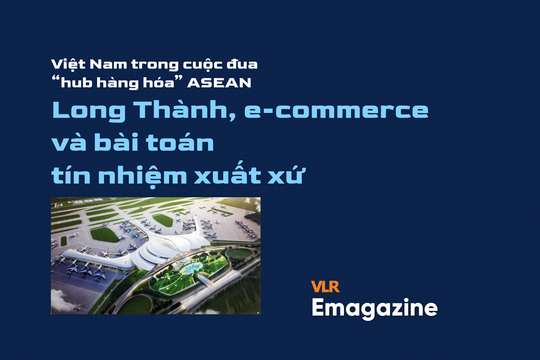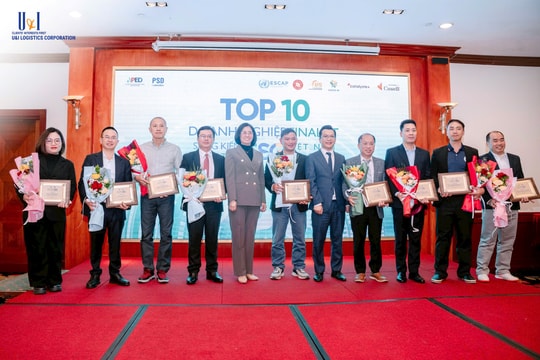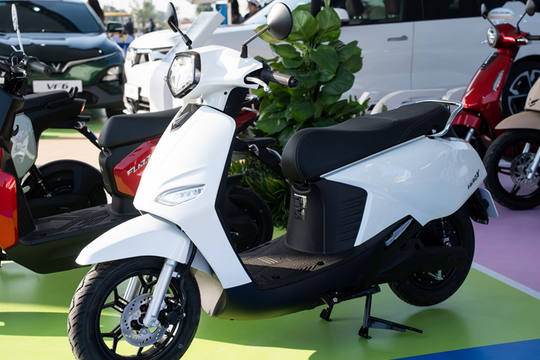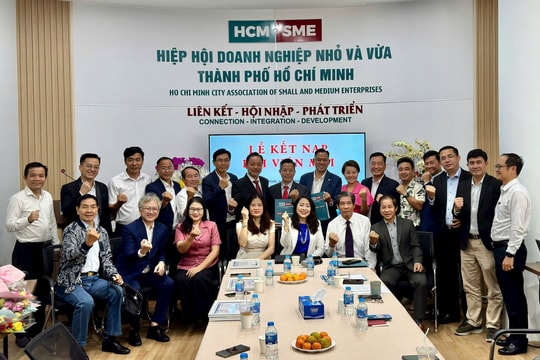“Authorized Economic Operator” (AEO) – is a passport for enterprises in international trade – has been researched and applied by Vietnam General Department of Customs based on AEO scheme of World Customs Organization. The conference “Enterprises and Customs: Cooperation for Development” will take place at Saigon Movempick Hotel on May 15th, 2013 with attendance of domestics and foreign customs experts.
The Role of Customs in Trade Facilitation
It is a recognised fact that the greatest barrier to International Trade is Customs authorities. The World Customs Organisation has devised new procedures to which many of its member countries have signed up to. These modernised procedures are in the Revised Kyoto Convention, you may hear it referred to as the RKC, and are designed to facilitate clearance of goods on import and export.
The role of a Customs authority is threefold:
- To collect customs duties and other relevant taxes and prevent smuggling
- To protect society through exercising prohibitions and restrictions, such as the importation of narcotics or counterfeit goods
- To facilitate trade by creating an environment where legitimate trade flows freely through the borders with as little interference (either documentary or physical) by Customs
The problem for every Customs authority is to balance these three functions given the resources they have been allocated by Government.
The modern methodology to achieve this balance is through a sophisticated form of Risk Management driven by the gathering and analysing of raw intelligence from sources both within the country and internationally. The risk is calculated for each importer and consignment (usually by means of IT) and the decision is made (again by the IT system) to either release the goods without further intervention or make a physical examination or even demand additional documentary information.
The vast majority of business involved in the import/export trade are law abiding (up to 95%) and normally will try to ensure that they meet all the rules and regulations but, as in all enterprises mistakes occur, and Customs must take precautions to minimise these errors. Modern Customs control is therefore designed to identify errors not primarily through intervention at the time of import/export but by visiting the business and conducting audits of the company’s books and records and inspecting the stock. This allows the free flow of the goods through the frontier but ensures that Customs are performing their other two functions of collecting the correct amount of customs duty and also protecting society by examining the imported goods in stock.
In essence Customs must build a working relationship (often referred to as a partnership) with legitimate business to provide benefits for both parties:
- Customs benefit by having the ability to concentrate their resources on businesses who do not comply with the Law to either prosecute or ensure future compliance
- Business benefits by the partial elimination of the Customs “barrier” and the consequent cost savings.
The Authorised Economic Operator Scheme in Customs Modernisation
There are only 14 enterprises in Vietnam recognized as AEO. And 2/3 of them are FDIs. Beside achieving maximum advantages, the state of being AEO also helps enterprises determine their stature in the market. The scheme has been in experimental phase since 2011, and it has been attracting attention from enterprise community.
This scheme (referred to normally as AEO) was primarily developed as an initiative by the USA as r=a result of the 9/11 attack on the Twin Towers in New York and has been adopted by the World Customs Organisation to the extent that it is now regarded as part of the modernisation of customs controls.
Originally the scheme was designed to prevent weapons of mass destruction (WMD) from entering any country for the purposes of terrorism. The USA was particularly concerned that shipping containers would be interfered with in transit and radio- active material inserted and concealed in legitimate cargo.
Subsequently Customs is using the scheme to prevent the use of container traffic by organised crime for purposes such as human trafficking, smuggling of narcotics, evasion of licensing procedures, and transport of counterfeit goods.
Mr. Ian Scott - Lecturer, Expert on Customs Modernization of UK with 35 years of experience. Basically a national Customs authority will certify a business as an AEO when that business has demonstrated that it has met, and will maintain, the standards of security laid down by Customs. These standards are set at a level which will achieve “Mutual Recognition” of the AEO status of the company by international trading partners. For example an AEO certified by an EU Member State is recognised by al the Member States and by agreement with, for example, Japan. The concept is further extended by the establishment of a “Secure Supply Chain” where each individual company involved in the transaction of export through to import will be AEO certified. If we take an export of shirts from Vietnam to Germany as an example a supply chain would possibly consist of
And these are only the links within Vietnam. To create the integrated aspect of security of the supply chain each link needs to be approved and certified by GDVC to a standard which can be accepted by the Customs authorities of their international trading partners. The AEO concept also provides the business with the “reward” of simplified customs procedures which is beneficial to overall costs ( the WCO estimate an increase in cost to business of 1% for each additional day of delay in customs clearance) It is however costly for a business to become certified as an AEO. Each company applying for this status is required to conduct a self- assessment of its security and security procedures and then bring them up to the standards required by GDVC. GDVC staff will then conduct and audit of the declared procedures and, if satisfied, issue a certificate. |




.png)


.png)
.png)


.png)
.png)


.png)